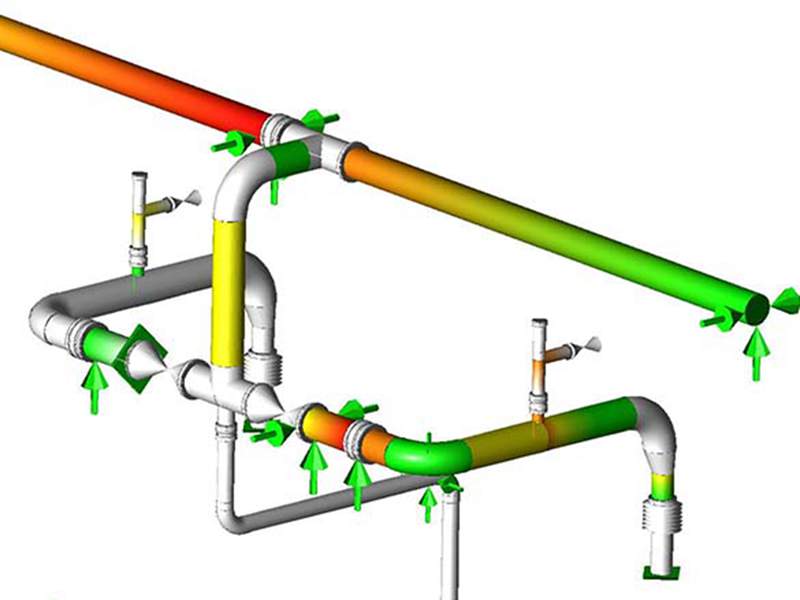
-
 Afrikaans
Afrikaans -
 Albanian
Albanian -
 Amharic
Amharic -
 Arabic
Arabic -
 Armenian
Armenian -
 Azerbaijani
Azerbaijani -
 Basque
Basque -
 Belarusian
Belarusian -
 Bengali
Bengali -
 Bosnian
Bosnian -
 Bulgarian
Bulgarian -
 Catalan
Catalan -
 Cebuano
Cebuano -
 China
China -
 China (Taiwan)
China (Taiwan) -
 Corsican
Corsican -
 Croatian
Croatian -
 Czech
Czech -
 Danish
Danish -
 Dutch
Dutch -
 English
English -
 Esperanto
Esperanto -
 Estonian
Estonian -
 Finnish
Finnish -
 French
French -
 Frisian
Frisian -
 Galician
Galician -
 Georgian
Georgian -
 German
German -
 Greek
Greek -
 Gujarati
Gujarati -
 Haitian Creole
Haitian Creole -
 hausa
hausa -
 hawaiian
hawaiian -
 Hebrew
Hebrew -
 Hindi
Hindi -
 Miao
Miao -
 Hungarian
Hungarian -
 Icelandic
Icelandic -
 igbo
igbo -
 Indonesian
Indonesian -
 irish
irish -
 Italian
Italian -
 Japanese
Japanese -
 Javanese
Javanese -
 Kannada
Kannada -
 kazakh
kazakh -
 Khmer
Khmer -
 Rwandese
Rwandese -
 Korean
Korean -
 Kurdish
Kurdish -
 Kyrgyz
Kyrgyz -
 Lao
Lao -
 Latin
Latin -
 Latvian
Latvian -
 Lithuanian
Lithuanian -
 Luxembourgish
Luxembourgish -
 Macedonian
Macedonian -
 Malgashi
Malgashi -
 Malay
Malay -
 Malayalam
Malayalam -
 Maltese
Maltese -
 Maori
Maori -
 Marathi
Marathi -
 Mongolian
Mongolian -
 Myanmar
Myanmar -
 Nepali
Nepali -
 Norwegian
Norwegian -
 Norwegian
Norwegian -
 Occitan
Occitan -
 Pashto
Pashto -
 Persian
Persian -
 Polish
Polish -
 Portuguese
Portuguese -
 Punjabi
Punjabi -
 Romanian
Romanian -
 Russian
Russian -
 Samoan
Samoan -
 Scottish Gaelic
Scottish Gaelic -
 Serbian
Serbian -
 Sesotho
Sesotho -
 Shona
Shona -
 Sindhi
Sindhi -
 Sinhala
Sinhala -
 Slovak
Slovak -
 Slovenian
Slovenian -
 Somali
Somali -
 Spanish
Spanish -
 Sundanese
Sundanese -
 Swahili
Swahili -
 Swedish
Swedish -
 Tagalog
Tagalog -
 Tajik
Tajik -
 Tamil
Tamil -
 Tatar
Tatar -
 Telugu
Telugu -
 Thai
Thai -
 Turkish
Turkish -
 Turkmen
Turkmen -
 Ukrainian
Ukrainian -
 Urdu
Urdu -
 Uighur
Uighur -
 Uzbek
Uzbek -
 Vietnamese
Vietnamese -
 Welsh
Welsh -
 Bantu
Bantu -
 Yiddish
Yiddish -
 Yoruba
Yoruba -
 Zulu
Zulu
Advantages and Applications of Pultruded Fiberglass Grating in Various Industries
The Advantages of Pultruded Fiberglass Grating
In the realm of construction and industrial applications, the choice of materials plays a pivotal role in ensuring durability, safety, and cost-effectiveness. One impressive solution that has gained significant popularity is pultruded fiberglass grating. This innovative material combines the benefits of fiberglass with the advantages of a pultrusion process, resulting in a product that is not only strong and lightweight but also resistant to corrosion and environmental degradation.
What is Pultruded Fiberglass Grating?
Pultruded fiberglass grating is a synthetic material produced through a process called pultrusion, where continuous fibers are pulled through a resin bath and then guided through a heated die to form a solid shape. This process results in a highly uniform and consistent grating that can be adapted to various specifications. The primary constituents of this grating are fiberglass and resin, which contribute to its strength and resistance against harsh environments.
Key Benefits
1. Corrosion Resistance One of the most significant advantages of pultruded fiberglass grating is its extraordinary resistance to corrosion. Unlike traditional metal grates that can rust and degrade over time when exposed to moisture and chemicals, fiberglass grating remains intact, significantly extending its lifespan and reducing maintenance costs.
2. Lightweight yet Strong Pultruded fiberglass grating is considerably lighter than steel or other metal alternatives, making it easier to handle, transport, and install. Despite its lightweight nature, it boasts impressive load-bearing capabilities, which makes it suitable for various applications, from walkways to heavy industrial floors.
3. Safety Features The surface texture of pultruded fiberglass grating can be engineered to enhance slip resistance, providing safety in wet and oily conditions. This makes it ideal for use in environments such as chemical processing plants, food production facilities, and outdoor applications where slip and fall accidents are a significant concern.
pultruded fiberglass grating

4. Versatility Fiberglass grating is available in a range of sizes, colors, and configurations, allowing for customization to meet specific project requirements. Whether you need a lightweight panel for elevated walkways or robust flooring for heavy industrial use, pultruded fiberglass grating can be tailored to fit.
5. Environmental Sustainability With increasing awareness of environmental sustainability, the use of fiberglass grating is gaining traction. It is often manufactured with eco-friendly practices in mind, and its longevity helps reduce the need for frequent replacements, which in turn reduces waste.
Applications
The versatility of pultruded fiberglass grating makes it suitable for a wide array of applications. Common uses include
- Industrial Walkways and Platforms The lightweight yet durable nature of fiberglass grating provides safe walkways and work platforms in factories and plants. - Marinas and Piers Its resistance to saltwater corrosion makes fiberglass grating a popular choice for marine applications. - Chemical Processing Facilities The ability to withstand corrosive substances while maintaining structural integrity makes it ideal for chemical processing environments. - Parking Structures The slip-resistant surface can enhance safety in parking areas, particularly in wet conditions.
Conclusion
In conclusion, pultruded fiberglass grating presents a compelling alternative to traditional grating materials such as steel and aluminum. Its unique combination of lightweight, strength, corrosion resistance, and safety features positions it as a leading choice for a variety of industrial and commercial applications. As industries continue to seek solutions that deliver both performance and sustainability, pultruded fiberglass grating stands out as a material worth considering for future projects.









